Carrie Furnaces
These disused steel furnaces are now haunting ruins that may one day be a national park.
Rivers of Steel was established to carry the torch of “Big Steel” and its related industries – not simply telling the companies’ stories and the products they made, but the stories of the men and women who worked there.
In Pittsburgh’s steel-making heyday, Carrie Furnaces smelted over 1,000 tons of iron per day for local mills. Now, after shutting down in 1982, all that remains of the site is a rusting 92-foot tall edifice with Furnaces 6 and 7.
Built-in 1886, the Carrie Furnaces formed part of the vast Homestead Steel Works, surrounding the Monongahela River for miles upstream, itself just one part of an even larger industrial area that stretched toward Pittsburgh’s downtown. Over 15,000 people staffed the Works during World War II. The steel industry integrated itself into the ethos of Pittsburgh and surrounding towns until almost all the mills closed in the 1980s. Few traces of the great Works remain, with the site now occupied by the Homestead Waterfront shopping and apartment complex and Sandcastle water park. However, Carrie Furnaces 6 and 7 still stand near the towns of Braddock and Rankin.
Now surrounded by railroads, the furnaces are closed to the public, but the Rivers of Steel Heritage Corporation offers tours of the furnaces from May through October, each with an emphasis on photography, graffiti, and retired steelworkers’ stories of working in the mill. Now, it is a national park, with the spire looming over the Monongahela River the centerpiece, showcasing the area’s bygone days of steel.






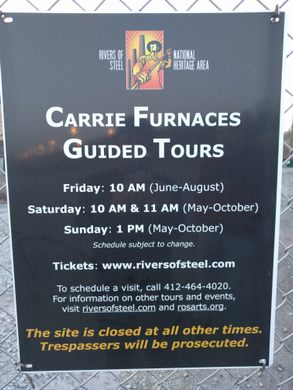














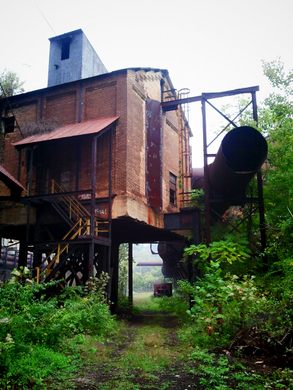
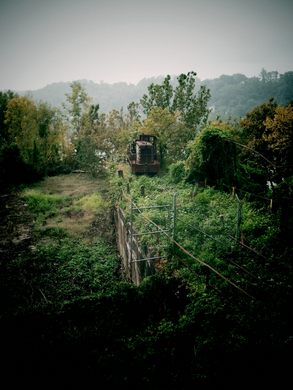











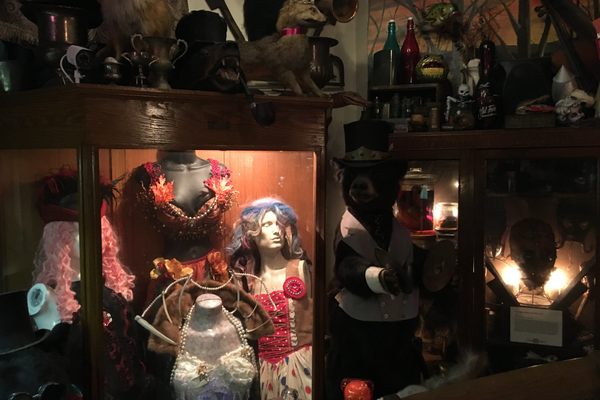



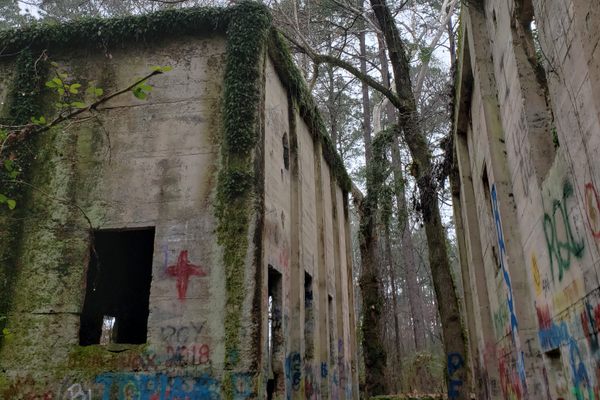
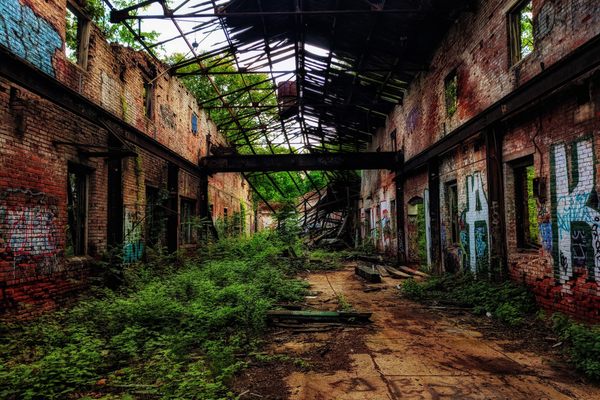




Follow us on Twitter to get the latest on the world's hidden wonders.
Like us on Facebook to get the latest on the world's hidden wonders.
Follow us on Twitter Like us on Facebook